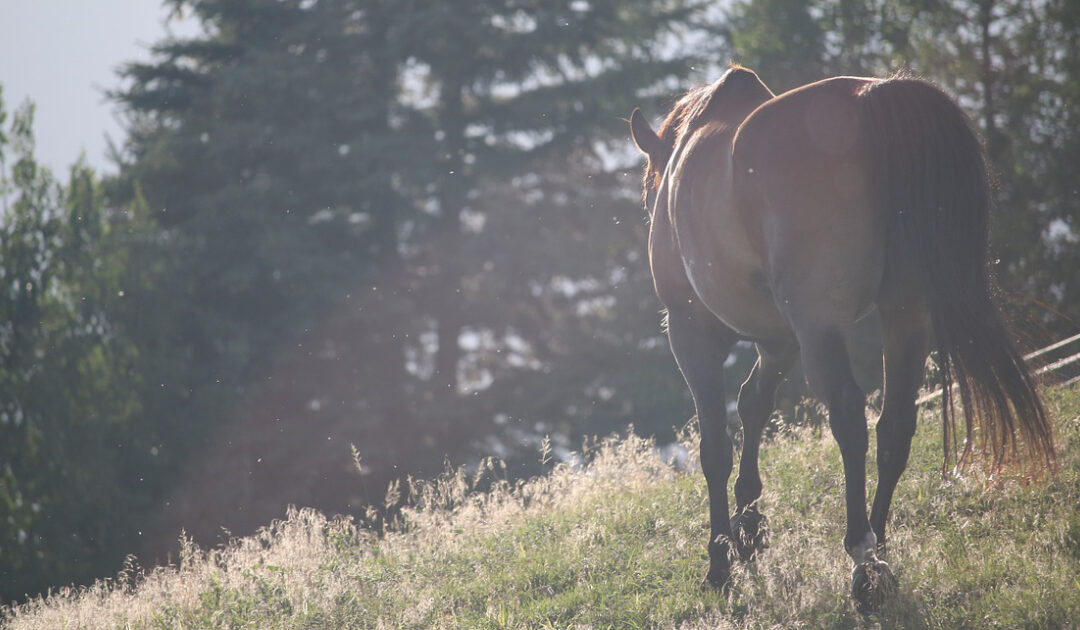
We Found a Better Way— And Are Making the Path Accessible to All
The recent global pandemic forced us to. . .
Pause.
Reflect. Connect. Cry a little (or a lot depending on the day!). Curse a bit (okay, so maybe a lot some days!).
Pause and reflect and connect some more. . .
Then evolve.
Okay, so I can only speak for myself when I say that the Pandemic resulted in a decent amount of “curse crying” – a coping mechanism I don’t necessarily recommend, professionally speaking, but do, personally, find quite effective at times. Truly though, this transformation was at times painful for the entire NL team. Even though the caterpillar’s story of transformation and loss was already near and dear to my heart, I now have a more embodied understanding of the plight of the butterfly.
All of this said, the pause, the reflection, the connection (and the blood, sweat, and tears. . . AND cursing!) allowed us to soar to new heights—and inspired us to adapt our teachings, trainings, and events to allow for transformative change in the larger Equine Assisted Services (EAS) community.
At Natural Lifemanship, we are designing a better way to equip students with the knowledge, skills, and experiences necessary for deep healing—allowing for greater access that meets each student where they are.
Looking back…
We were, and are proud of the progress we have helped to make in the field of Equine Assisted Services (EAS). In finding unique and powerful ways of working with clients and horses based on principles of connection and healthy relating, over ten years ago my husband, Tim Jobe, and I chose to begin equipping other professionals to expand the reach of EAS’s potential for healing.
The world could benefit from more practitioners in the field—we recognized this.
After 10 years of guided in-person trainings, we faced an unforeseeable obstacle. A global pandemic. With just days notice, people throughout the world found themselves indoors, and travel and in-person meetings came to an abrupt end. As the need for support, healing, growth, and wellness grew, so too did the possibility our doors would remain closed for good. (Hence the aforementioned tears and cursing!)
This was not an option for us!
Our little field offers some of the safest and most effective trauma treatment available. Period. People needed competent, connected, and impassioned practitioners more than ever.
MORE THAN EVER.
And mental health professionals, equine professionals, and others in the healing professions needed more support than ever!
MORE THAN EVER!
Moving forward…
After reflecting on the needs of our clients and students, we chose to make our trainings accessible from home. We redesigned our popular *TF-EAP and **TI-EAL based Fundamentals training to be taken virtually, but with a personalized experience that provided guided feedback, one-on-one meetings, and experiential learning. All of which could be completed from home.
To our delight…we found that we were able to provide more content, more resources, and more guidance than ever before. The results showed that many of our students not only thrived, but preferred the virtual fundamentals over our previous in-person training.
In 2020 we also started a scholarship fund and in 2021 we have awarded over $16,000 in scholarships and hope to award more as the year progresses! We are seriously committed to making our trainings as accessible as possible!
*Trauma Focused Equine Assisted Psychotherapy
**Trauma Informed Equine Assisted Learning
Our New & Better Normal
Our greatest challenge in redesigning our trainings was the recognition that we needed to provide various options for the unique needs of our students. We believed that a temporary solution, such as a few online courses, would not provide students with the in-depth education they needed and deserved.
If we were to ensure that our students were fully prepared to work with clients in an EAS setting, we needed to think big—and we did.
Our team came together and designed the most extensive EAS (Equine Assisted Services) training available, with the option of FULLY completing the program from home.
Fundamentals of Natural Lifemanship—Redesigned
Prior to Covid, our Fundamentals of NL training was impactful in that it allowed our students to gain the foundational knowledge and skills needed to engage in the EAP/L process—using the principles of Natural Lifemanship. Actually, I know I’m biased, but our pre-pandemic trainings were excellent!
It’s just that post-pandemic they’re EVEN BETTER!
Today, the Fundamentals of NL training is so much more extensive. We’ve created an 8-week curriculum that dives much deeper into the science of trauma, attachment, and somatics, and provides an immense amount of content that simply can’t be covered, digested, and embodied during a two or three day in-person training.
Nowadays, IF you choose to do in-person training with us (more on this below) you get significantly more time doing the stuff that simply can’t be done online – building nuanced relationship with horses. More time online means more time to experience the power of the horse-human relationship. More time online means that when you come to us you are WAY better prepared to get busy and do some experiencing!
What’s more? Even online we are still able to give individualized guidance and experiential learning exercises that we review for feedback. Students benefit from taking the training in group settings, and interacting with one another—as well as the convenience of working from home with their own horses.
Given that each student has a unique set of circumstances, we provide the following training paths:
The Foundational Fundamentals is a comprehensive introduction to NL for those who may not have access to horses, will not be pursuing certification, or prefer to complete their experiential work in-person by adding on the Fundamentals Practicum, which is our in-person training experience. This is a great option for those who are completely new to Natural Lifemanship or need a refresher.
The Core Fundamentals is designed for people who have access to horses and who want to be able to say they are NL Level 1 trained. In taking this training, students move closer to completing NL certification.
Our Certification Jumpstart option allows students to jumpstart the certification process. Not only does this training count toward some of the certification requirements, it also comes with a bundle deal including a one-year NL professional membership, certification enrollment fee, two personal face-to-face consultations on Zoom––all of which are required for certification. This is the greatest bang for the buck if you know you want to get certified in NL.
What about the hands-on experience?
We fully understand the importance of providing an experiential component to our trainings. After all, what good is a practitioner who has yet to practice? We knew it would be a challenge to create a hands-on learning experience that could be completed from home. . . so we came up with the following solutions—and we couldn’t be happier.
Here are the THREE ways to complete the experiential work required for those seeking certification or wishing to claim that they are NL Level 1 trained. They are. . .
The At Home Experience in which students complete several video assignments and receive feedback and guidance from NL trainers. This experience does require that students have access to a horse.
The In-Person Experience in which students attend one of many in-person practicums throughout the United States and practice their skills and knowledge with in-the-moment guided feedback from our experienced and intuitive NL trainers. (Students must attend the Fundamentals of NL prior to attending)
Or you can do a combination of the two—for those who really want to dive deep and get all of the experience possible.
Our In-Person Practicum
We understand that many people in our field prefer an intimate and interactive in-person training environment so we designed the Fundamentals Practicum to be an unforgettable training experience that allows students to build on their virtual learning experience through hands-on work utilizing the Natural Lifemanship principles. Most of the didactic learning is done online in the Fundamentals of NL leaving significantly more time and space to truly embody the knowledge and skills gained.
We are currently offering several Fundamentals Practicums throughout the year that are hosted at our partner sites scattered throughout the country, making this experience more accessible for everyone.
By the way, in 2021 we adopted the same training structure for our NL Intensive training making it possible to get fully certified in NL from home! The NL Intensive is virtual. There are two options to meet your needs: Foundational Intensive and Core Intensive. The experiential portion of the Intensive training can be done at home or in-person at an Intensive Practicum.
At Natural Lifemanship, we believe that leading means innovating, inspiring, adapting, and evolving—to meet the needs of our compassionate and impactful students as well as our communities, who are in need of deep healing.
While our trainings have evolved to better meet your needs, our principles remain the same. Every training experience through Natural Lifemanship continues to be centered around building healthy relationships and deep connections, based on mutual trust and respect—for EAS practitioners, clients, and horses.
Learn more by watching our latest webinar, “Our New and Better Normal.”
Learn more about the Natural Lifemanship way…
#1 Take some of our courses. We offer many low cost, single purchase courses and videos for those just wanting to get an idea of what’s out there. Many of our courses offer CE credits through NBCC and NAADAC. Many courses are also part of NL Membership or can be purchased by members at steep discounts. Check out our courses here.
#2 Follow along for FREE! We offer an array of free content online through webinars, blogs, and videos – you can do any or all of the following to stay connected and up to date on NL happenings!
- Visit our website naturallifemanship.com to explore blogs and other content. Seriously, so much can be gleaned from our blogs!
- Sign up for a free introductory membership and gain access to educational videos and a new free video each month.
- Subscribe to our newsletter to be notified of news, blogs, trainings, etc.
- Like and Follow our Facebook page and Instagram – we share videos, pictures, articles, and engage in thoughtful discussions.
- The Trauma Focused Equine Assisted Psychotherapy Networking Group on Facebook is also a valuable resource. This group is managed by NL trainers, but is open to ALL. Such great conversations happen in this group!
- Follow our YouTube Channel for free video content! This is a great place to begin understanding how the relationship between horse and person progresses, organically and over time, utilizing NL principles. Watch this video first and then follow the progress made with Annie and Abilene.
We look forward to supporting you as you grow professionally and heal personally—so you can support others.

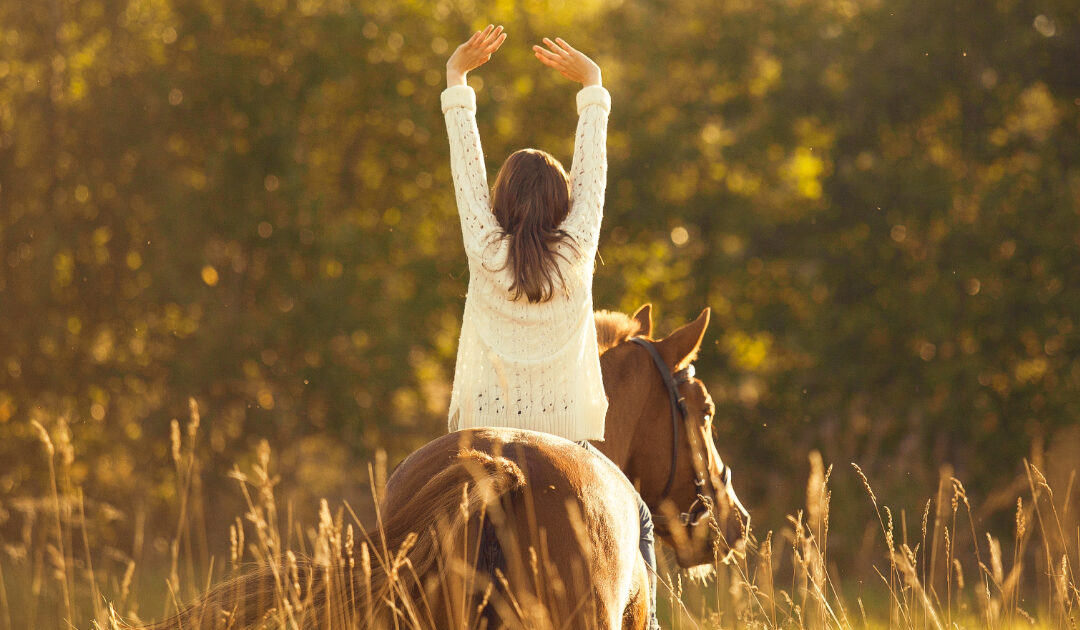

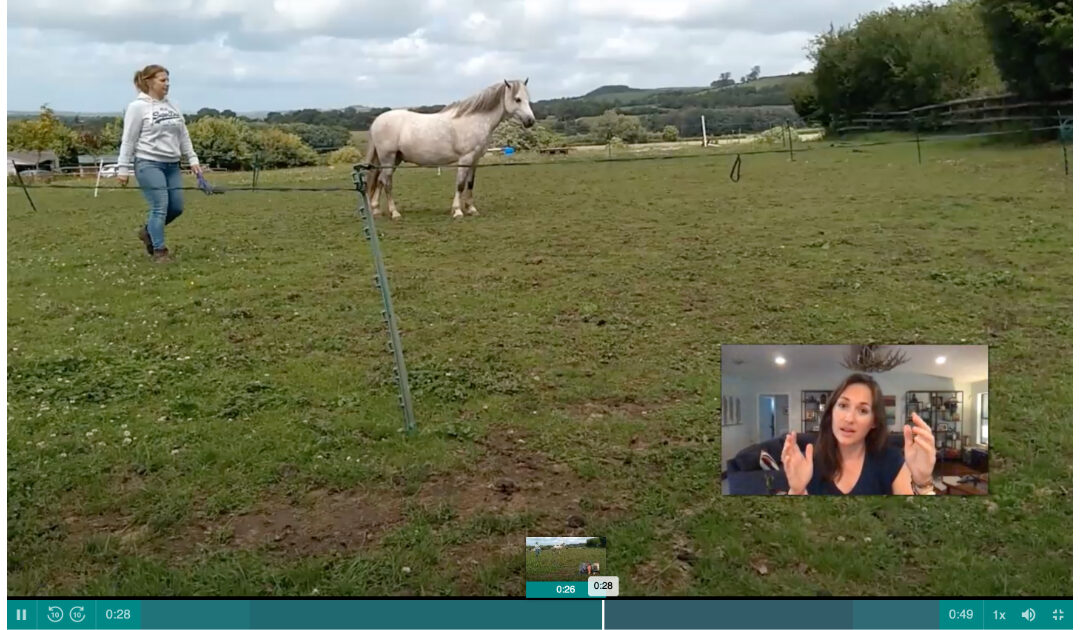
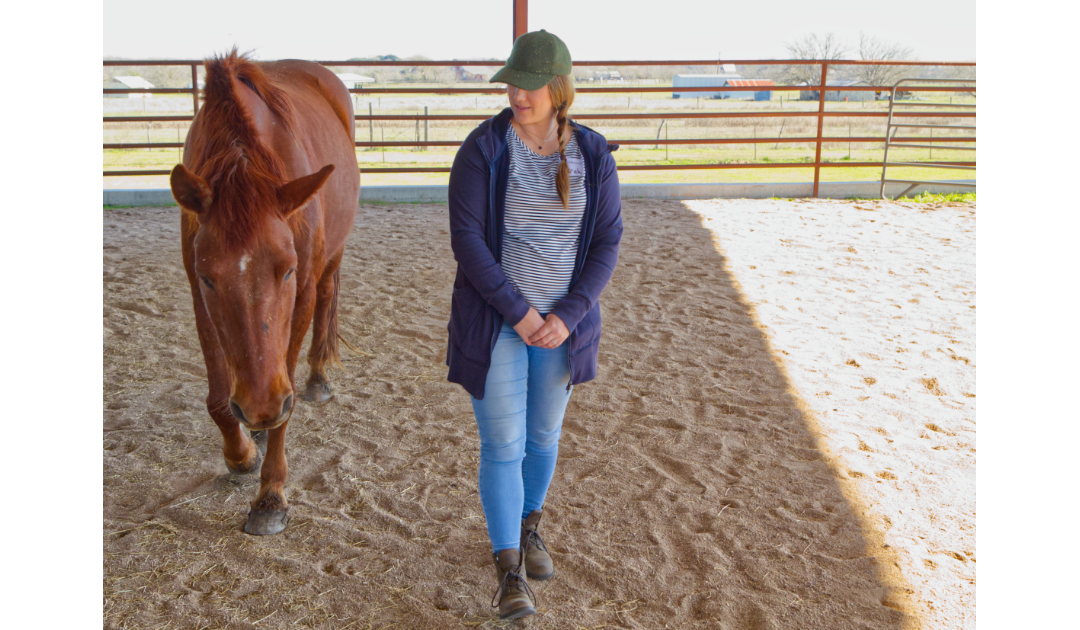
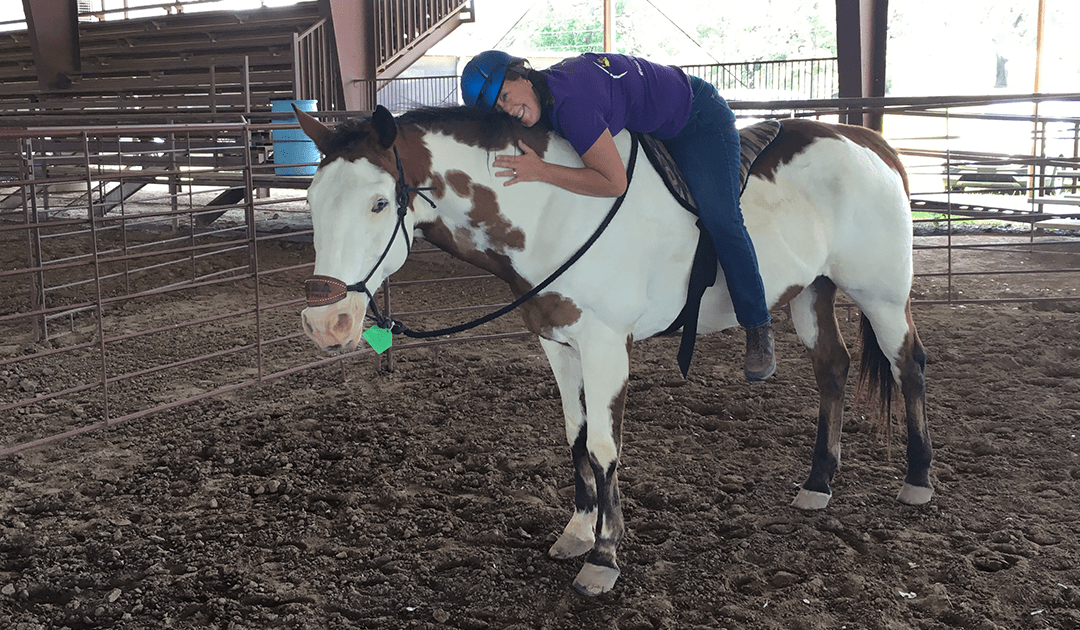

Recent Comments